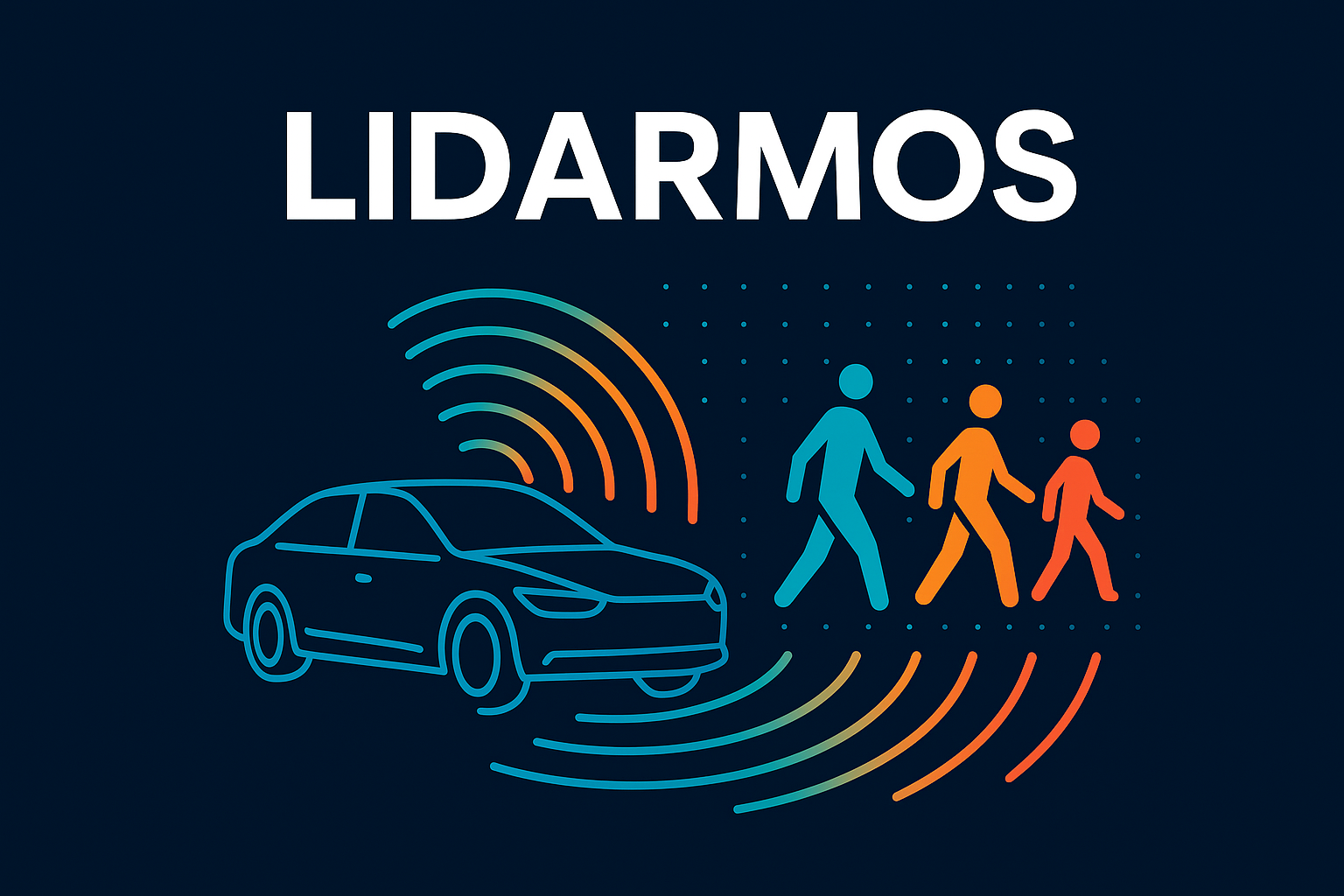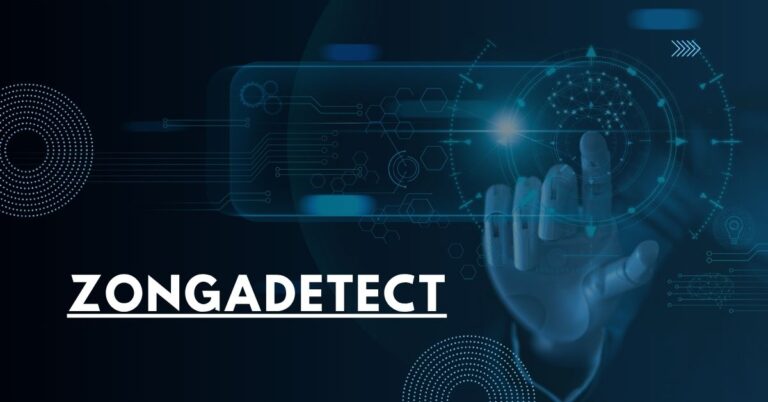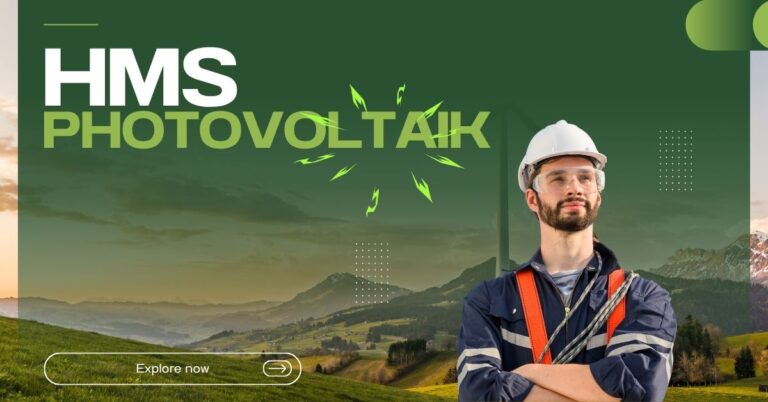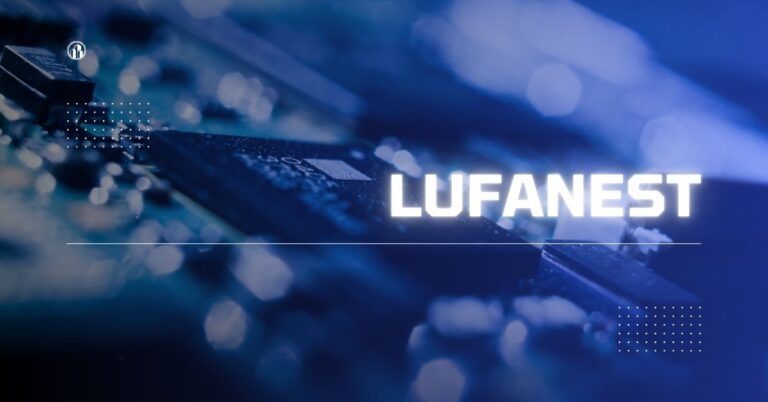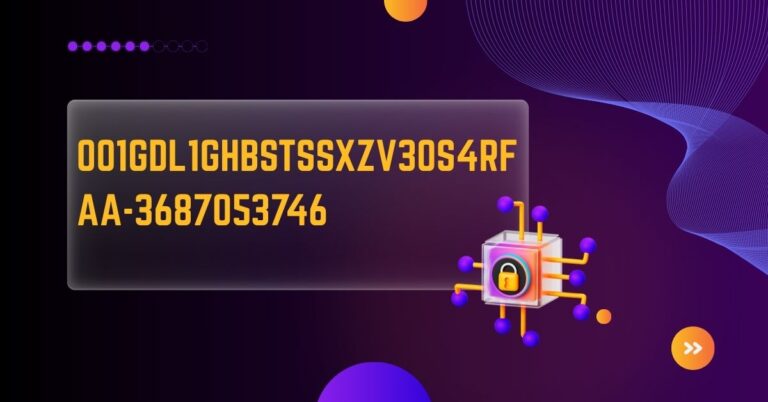Lidarmos: Smart LiDAR with Motion Awareness
LiDAR is a technology that uses laser light to measure distance and create 3D maps.
It helps machines like drones, robots, and cars see their surroundings, but normal LiDAR only shows where things are — not how they move, that’s where Lidarmos comes in.
Lidarmos is an advanced type of LiDAR system,It adds motion awareness, so it can detect, follow, and understand moving objects in real time.
In simple words:
Lidarmos = LiDAR + Motion detection + Smart analysis
What Is Lidarmos?
Lidarmos means a “motion-aware LiDAR system.”
It combines sensors, computers, and AI software to:
- Capture 3D images of the world
- Detect what is moving
- Track those moving objects safely and quickly
It helps machines see and understand the environment the same way humans do.
Key Features
- Real-time 3D scanning
- Motion detection and object tracking
- High accuracy even in low light
- Works on vehicles, robots, or fixed stations
Why Motion Awareness Matters
Many real-world scenes are full of movement — cars, people, animals, and machines.
If a LiDAR system cannot understand movement, it can make bad decisions or miss important changes.
Comparison: Normal LiDAR vs. Lidarmos
| Feature | Normal LiDAR | Lidarmos |
|---|---|---|
| Motion detection | No | Yes |
| Real-time tracking | Limited | Strong |
| Works in dynamic areas | Poor | Excellent |
| Predicts movement | No | Yes |
| Safety level | Basic | Advanced |
Simple Example
Imagine a self-driving car using LiDAR.
A normal LiDAR sees a person crossing the road but doesn’t know the person is moving.
Lidarmos not only sees the person but also knows their direction and speed.
This helps the car slow down or stop in time.
Main Parts of a Lidarmos System
Lidarmos is made of hardware (physical parts) and software (the brain).
A. Hardware Components
| Part | Purpose |
|---|---|
| LiDAR sensor | Shoots laser pulses to measure distance and shape |
| IMU (Inertial Measurement Unit) | Tracks sensor motion and vibration |
| GNSS / GPS | Gives location and timing data |
| Camera or radar (optional) | Adds color or speed details |
| Computer / Edge device | Processes and analyzes data in real time |
B. Software and Data Pipeline
- Collect data from sensors
- Clean data (remove noise and errors)
- Find moving objects using algorithms
- Track motion frame by frame
- Build 3D maps that update in real time
- Share results with vehicles, robots, or control centers
How Lidarmos Works (Step-by-Step)
- Laser Scanning: The LiDAR sensor sends laser beams that bounce off objects.
- Data Recording: The system measures the time each laser takes to return.
- 3D Map Creation: It builds a 3D image (called a “point cloud”).
- Motion Detection: The software compares frames and finds what is moving.
- Tracking: It follows moving objects, like people or vehicles, over time.
- Action: The data is used for driving, mapping, or decision-making.
Example
A drone using Lidarmos can:
- Avoid flying birds
- Map a construction site
- Track moving vehicles below
- Update its route automatically
Benefits of Lidarmos
Main Advantages
- Higher Safety: Understands motion to avoid collisions
- Real-Time Awareness: Updates 3D data instantly
- Better Accuracy: Measures both position and movement
- Faster Mapping: Removes moving objects automatically
- Energy Efficient: Works only when needed with smart triggers
Business Benefits
- Reduces human error
- Lowers operation cost
- Improves automation speed
- Enables smarter decisions with live data
Challenges and Limitations
| Challenge | Details |
|---|---|
| Bad Weather | Rain, fog, or snow can affect laser accuracy |
| High Cost | LiDAR sensors are still expensive |
| Data Volume | Large 3D files need big storage and fast networks |
| Complex Setup | Requires expert calibration and synchronization |
| Privacy Concerns | Must protect personal or sensitive data |
How to Reduce These Issues
- Use multi-sensor fusion (LiDAR + radar + camera)
- Improve data compression and storage systems
- Train AI models for different weather conditions
- Follow data protection laws (like GDPR)
Key Metrics to Measure Lidarmos Performance
| Metric | Meaning | Goal |
|---|---|---|
| Accuracy (cm) | How close the measurement is to truth | High |
| Latency (ms) | How fast the data is processed | Low |
| mIoU (Mean Intersection over Union) | How well motion is detected | >80% |
| Frame Rate (Hz) | How often the system updates | 10–20 Hz |
| Power Use (W) | Energy consumed | Efficient |
These numbers help compare different Lidarmos systems or suppliers.
How to Deploy a Lidarmos System
Step 1 – Choose the Right Sensor
Pick LiDAR sensors based on:
- Range (distance it can measure)
- Resolution (level of detail)
- Field of View (area it can see)
Step 2 – Install and Calibrate
- Mount sensors at stable points
- Align all sensors together
- Test timing using GPS or network sync
Step 3 – Set Up Software
- Install processing software
- Connect edge computer or cloud system
- Create dashboards for visualization
Step 4 – Test and Train
- Run tests in real conditions
- Collect feedback and adjust parameters
- Train AI models on real-world data
Future of Lidarmos
Technology is improving quickly.
The next generation of Lidarmos systems will include:
| Future Trend | What It Means |
|---|---|
| FMCW LiDAR | Measures both distance and speed using frequency shifts |
| Edge AI Chips | Processes motion directly on the sensor |
| 5G/6G Connectivity | Real-time data sharing between cars and cities |
| Self-Learning Systems | AI that improves without manual training |
| Cooperative Mapping (V2X) | Vehicles share motion data with each other |
| Cheaper Sensors | Makes Lidarmos affordable for more users |
Key Points
It works in vehicles, robots, cities, and industries.
Lidarmos makes LiDAR smarter.
It helps systems understand both space and motion.
It improves safety, mapping speed, and automation accuracy.
Frequently Asked Questions
What is Lidarmos?
Lidarmos is an advanced version of LiDAR technology that can detect motion in addition to mapping objects.
It combines LiDAR sensors, motion detection, and AI software to track moving objects in 3D space.
What does the word “Lidarmos” mean?
The name comes from “LiDAR + Motion Segmentation”.
It means a LiDAR system that understands both shape and movement.
Can Lidarmos work in bad weather?
Lidarmos can work in light rain or fog, but performance may drop in heavy rain, snow, or dust.
Newer systems combine radar or cameras to handle harsh weather better.
Is Lidarmos expensive?
Yes, currently Lidarmos systems cost more than normal LiDAR because they use high-end sensors and computers.
However, prices are dropping each year as production scales up.
What is the main goal of Lidarmos?
The main goal of Lidarmos is to help machines see, understand, and react to a moving world — just like humans do.
It turns 3D data into live awareness for better safety, efficiency, and automation.
Conclusion
Lidarmos is changing how machines see the world, It upgrades simple 3D sensing into full motion awareness. with Lidarmos, autonomous cars, robots, and drones can move safely, react faster, and learn from their surroundings.

